Are you ready to take your organization to new heights through strategic partnerships? In this article, we'll explore a letter template designed specifically for proposal submissions to stakeholders, highlighting the importance of collaboration and mutual benefit. Crafting a compelling letter can open doors to rewarding alliances that drive success for all involved. So, let's dive in and discover how to effectively communicate your vision and invite stakeholders to join you on this exciting journey!
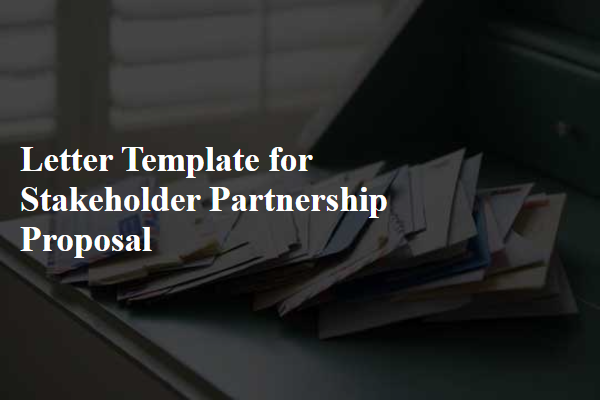
Clear Objective Statement
A clear objective statement in a stakeholder partnership proposal outlines the specific goals intended to be achieved through collaboration. This section must articulate measurable objectives, such as increasing market penetration by 20% within the next fiscal year or launching a community engagement initiative impacting 5,000 residents by December 2024. It should also convey the mutual benefits anticipated from the partnership, like enhancing brand visibility in the local market or expanding product offerings through shared resources. By presenting a concise and focused objective statement, stakeholders can better grasp the essence of the partnership and its alignment with their strategic interests.
Stakeholder Roles and Responsibilities
Developing stakeholder roles and responsibilities is essential for ensuring the success of collaborative projects. Clear delineation facilitates accountability and enhances communication. For instance, project managers oversee timelines and deliverables, while financial officers handle budget allocation and financial reporting. In community-based initiatives, local leaders engage residents, fostering trust and cooperation. Technical experts offer specialized knowledge, ensuring best practices and innovation. Regular meetings, such as monthly reviews, allow for updates and address challenges, enhancing alignment. Tools like shared online platforms streamline information sharing and document management, promoting transparency and encouraging active participation from all stakeholders involved.
Benefits and Value Proposition
A stakeholder partnership proposal emphasizes mutual benefits and value creation in projects. Shared resources (financial, intellectual, and technological) enhance innovation and efficiency. Collaborative marketing efforts can expand market reach and boost brand visibility exponentially. Data sharing fosters informed decision-making, driving project success. Strengthened relationships through joint ventures facilitate risk management and enhance credibility among target audiences. Additionally, stakeholders gain unique access to diversified expertise and industry insights, ensuring competitive advantages. Environmental and social initiatives can be more impactful, addressing community needs effectively while improving corporate social responsibility profiles. Overall, partnerships can catalyze growth and sustainability in dynamic markets.
Resource and Financial Considerations
Effective stakeholder partnership proposals require thorough resource and financial considerations to ensure sustainability and viability. Resource allocation includes identifying human capital, such as skilled project managers and community outreach experts, alongside technological assets like specialized software for data analysis, which can enhance decision-making. Financial considerations encompass initial funding requirements, projected budget allocations, and potential revenue streams, such as grants from organizations like the National Science Foundation, which funds collaborative projects in science and technology. Long-term financial viability hinges on establishing key performance indicators (KPIs) to measure success and making adjustments based on periodic financial audits. An in-depth cost-benefit analysis can attract potential partners by demonstrating mutual benefits and aligning interests toward shared objectives.
Timeline and Milestones
The partnership proposal includes a detailed timeline and milestones to ensure transparent communication and effective collaboration. The proposed timeline spans six months, beginning January 2024 and concluding June 2024. Key milestones include initial project kickoff meeting scheduled for January 15, 2024, where all stakeholders will align on objectives. By February 15, 2024, a comprehensive strategic plan will be completed, detailing roles and responsibilities. The first progress review meeting will occur on March 30, 2024, with essential performance metrics established to measure success. By May 15, 2024, a pilot program will be launched, allowing stakeholders to evaluate initial outcomes. The final evaluation and report will be presented by June 30, 2024, summarizing achievements and outlining next steps for ongoing partnership success.

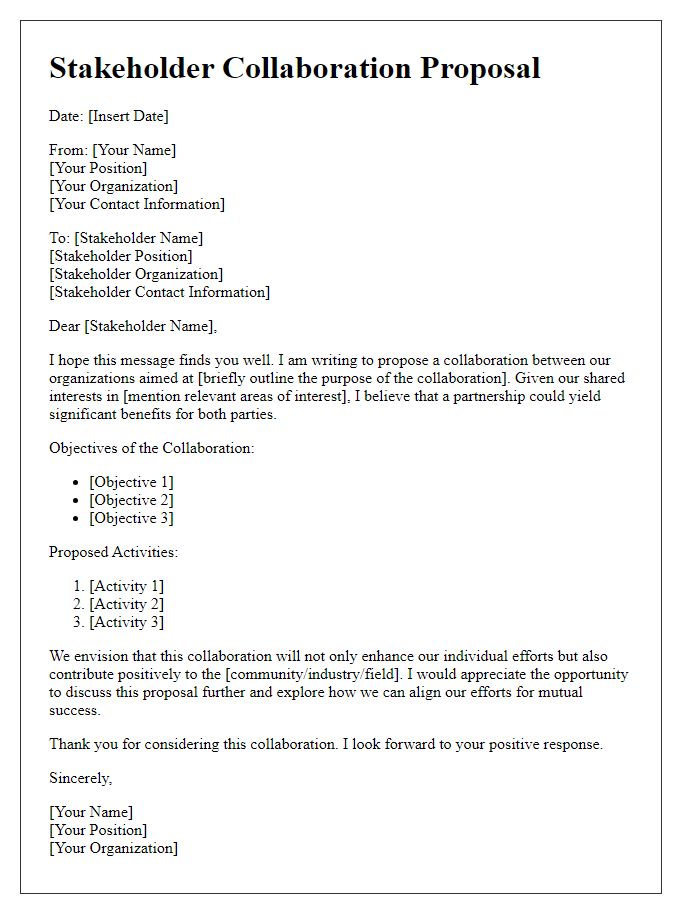
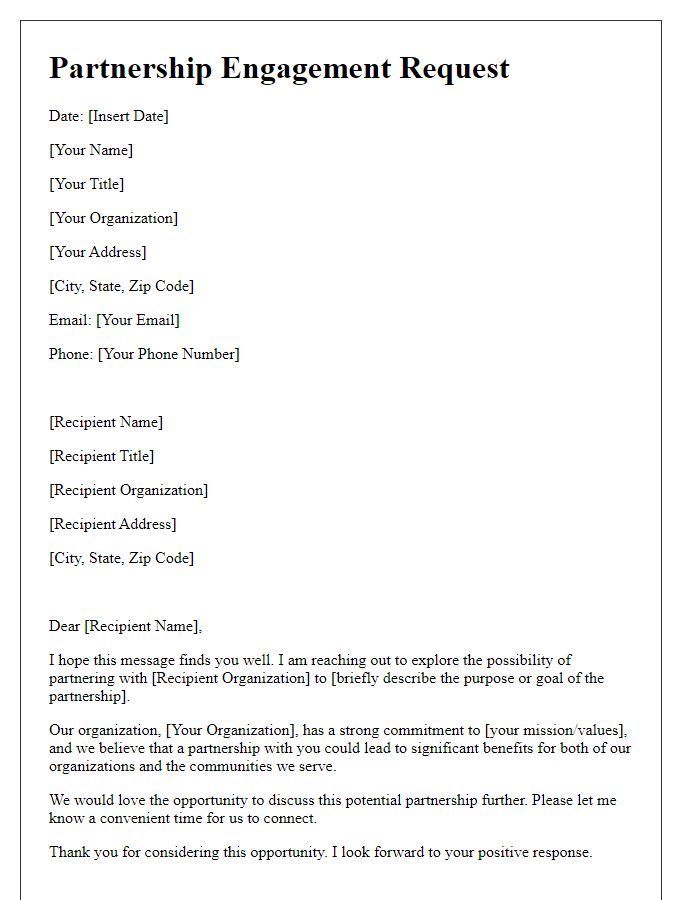
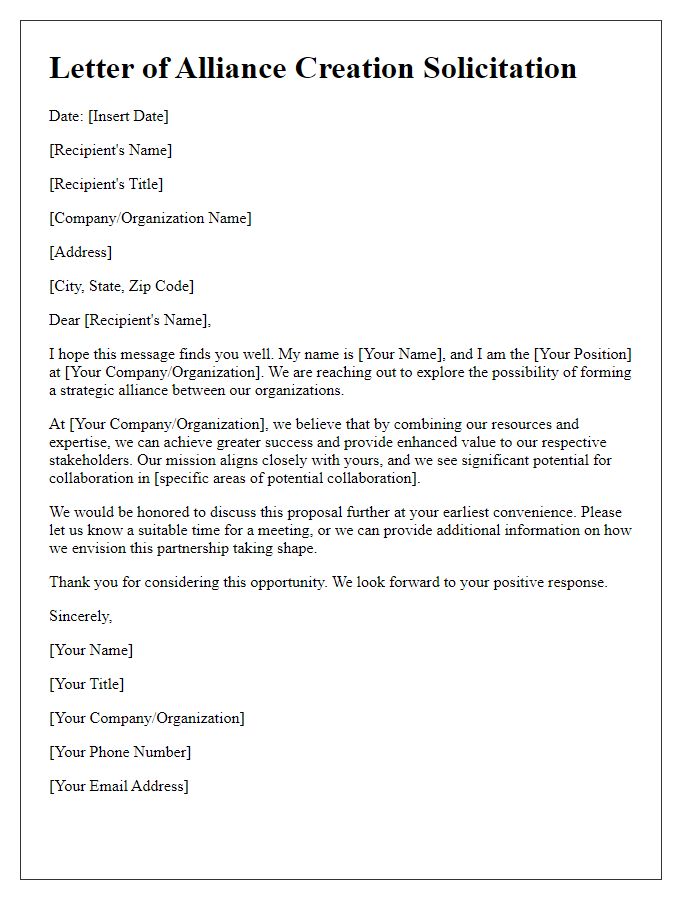
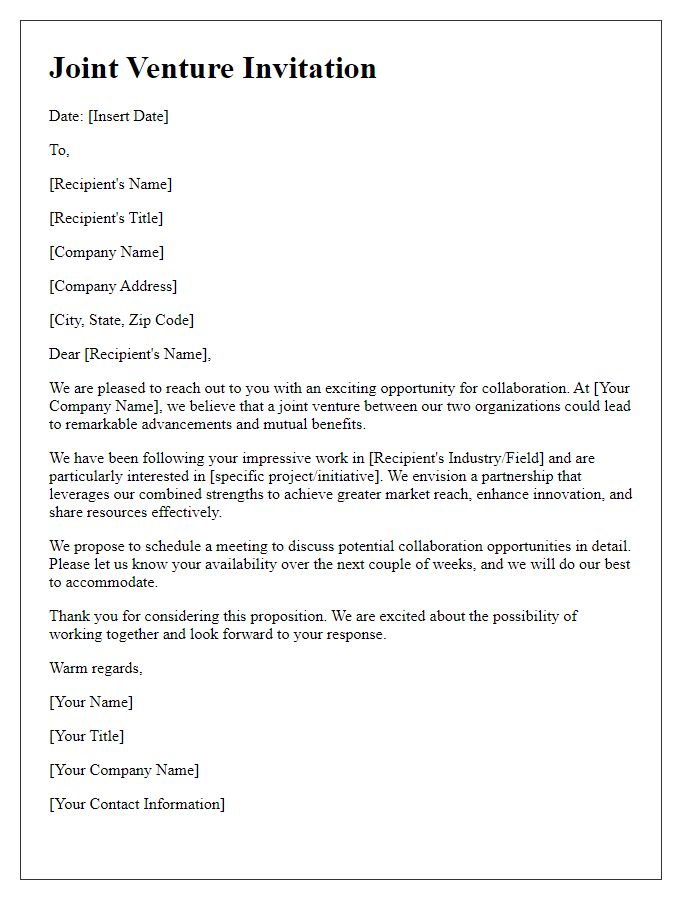
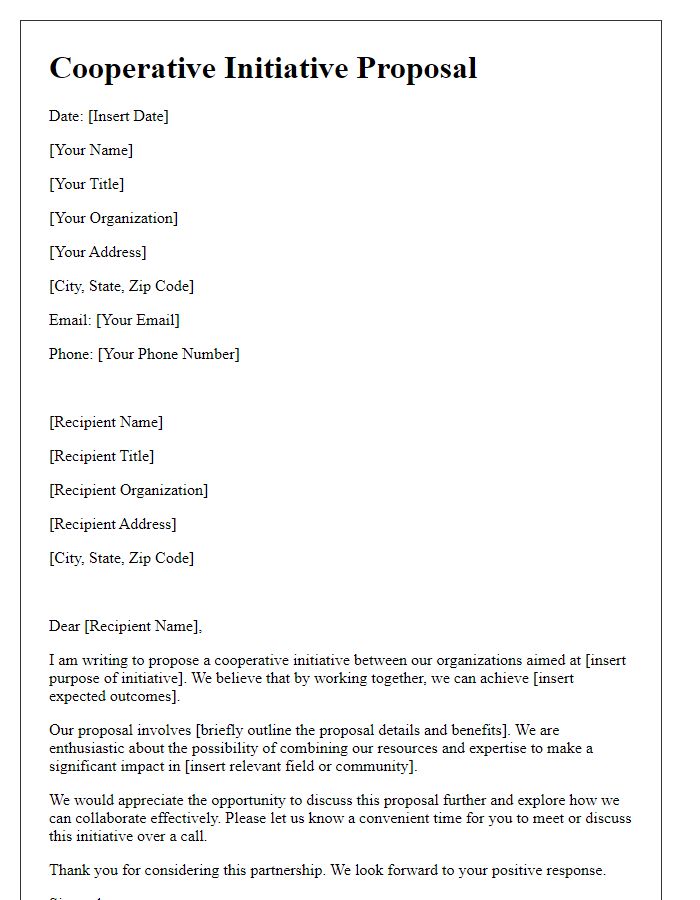
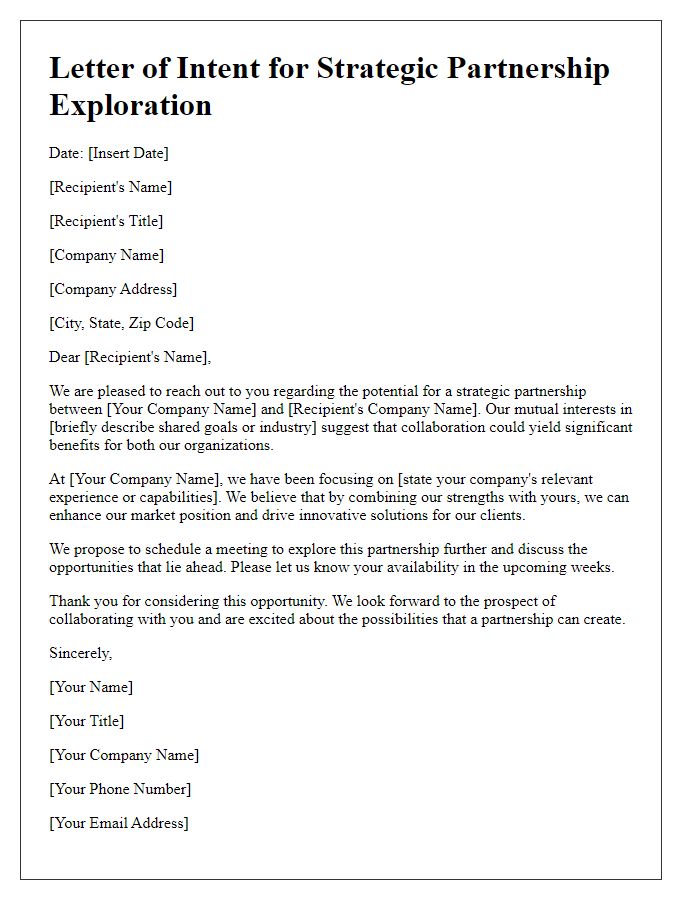

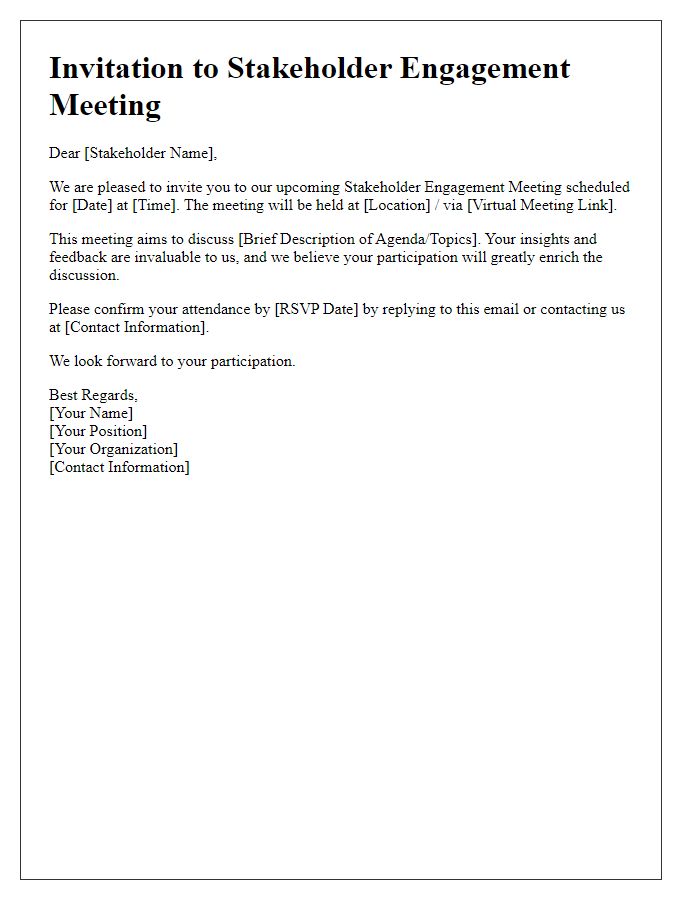
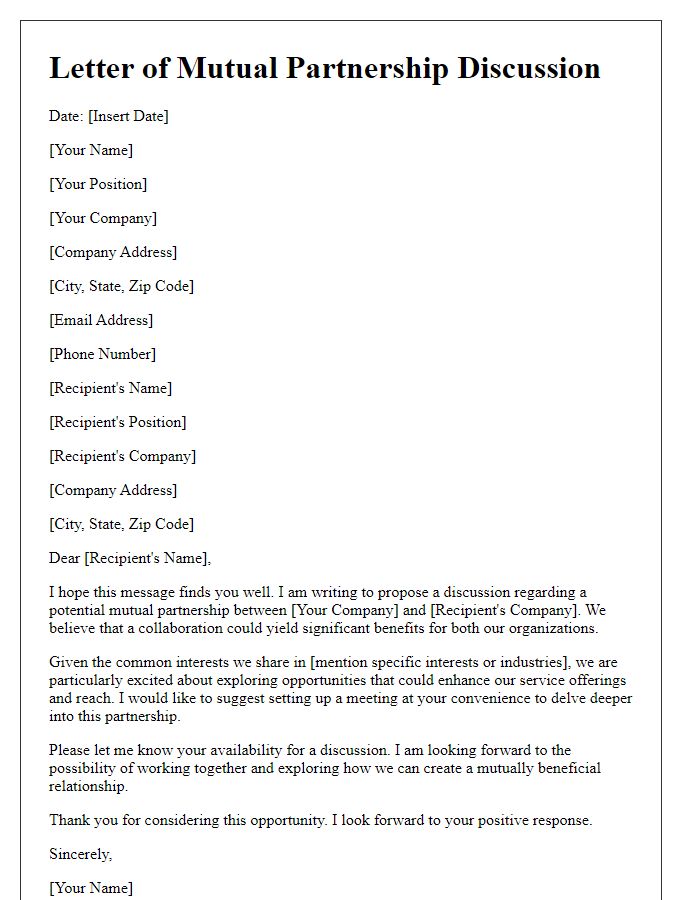
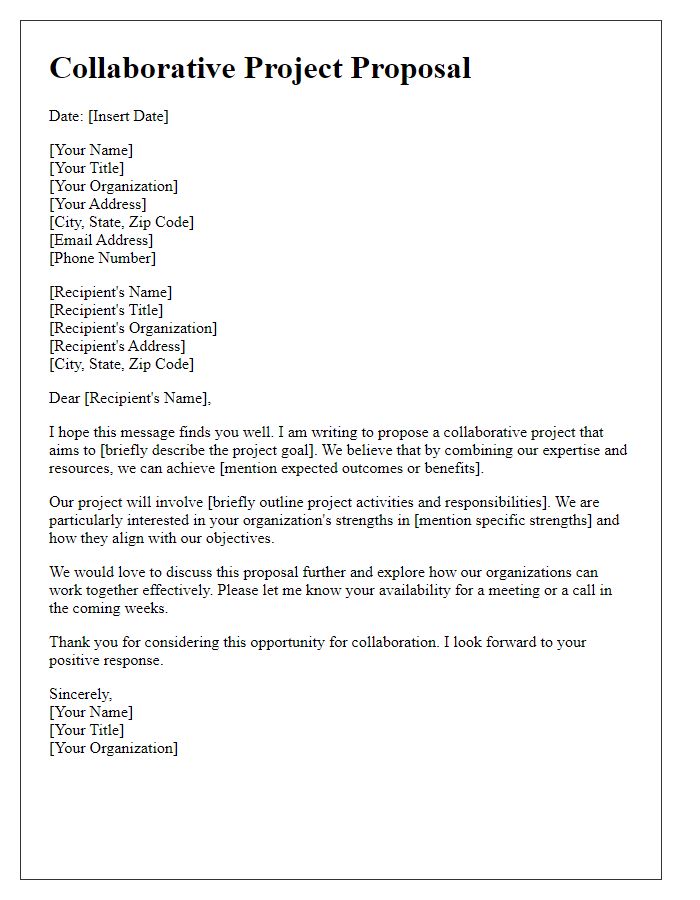

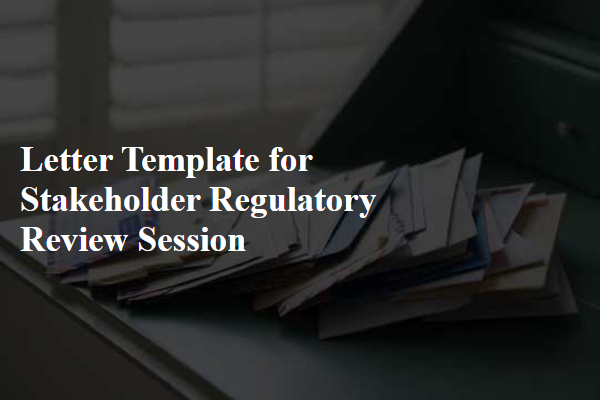

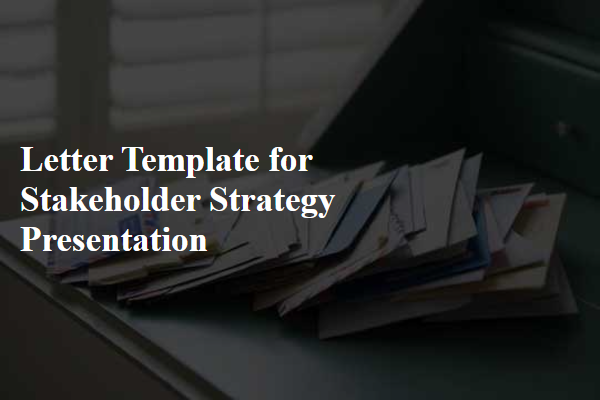

Comments